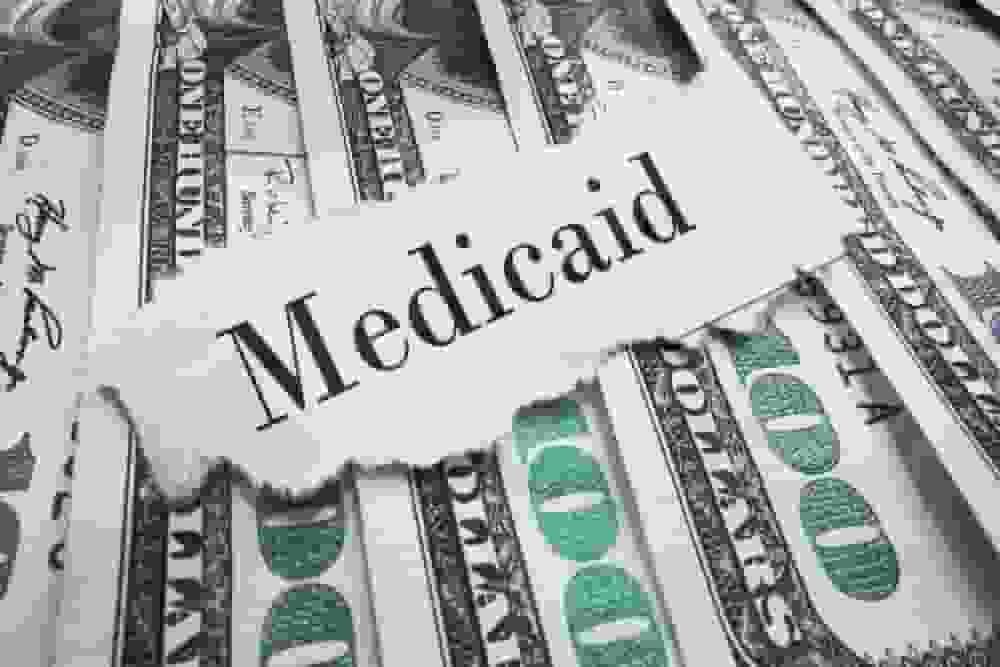
The Family’s First Coronavirus Response Act of 2020 mandated states to let persons on Medicaid remain enrolled even if their eligibility altered after the COVID-19 public health emergency ended.
Nevertheless, that need expires on April 1. What’s at stake are two issues: states such as Ohio will begin to remove Medicaid clients who are no longer eligible — a process is known as unraveling — and hospitals and clinics will lose Medicaid funding.
Ohio Medicaid Requirement Changes
If they lose Medicaid coverage, a huge proportion of patients will be unwilling to visit the clinic.
Five Rivers Health Center’s revenue cycle director, Trisha Linebaugh, said the clinic is now scrambling to notify everyone, but it’s difficult. Linebaugh stated that not only is it difficult to reach certain patients, but simple errors in paperwork can result in people losing coverage.
Furthermore, many government organizations continue to confront staffing shortages and may be overburdened by their tasks. Linebaugh estimates that 68% of the clinic’s patients are on Medicaid and that if they lose coverage, they will be hesitant to visit.
Maureen Corcoran, Director of the Ohio Department of Medicaid, stated in a statement that the office is trying to inform consumers about the program changes.
The Medicaid department provides a dedicated webpage where you may submit an online renewal. The state is also mailing renewal packets, which must be returned by March 31. Anyone who is no longer eligible will lose their coverage after that.
Read more: IRS: How Tax credits increase your tax refund?
Alternatives

Ohio’s unwinding will take place over a 12-month timeframe. According to the Medicaid agency, some renewals will be automatic based on data comparisons, while others will receive the standard eligibility packet and work with their county department of job and family services to complete it manually.
Many people who will no longer be eligible for Medicaid coverage can seek coverage through the Affordable Care Act’s marketplace, where they can obtain healthcare coverage options for less than $10 per month.
Yet, the coverage accessible through the marketplace will be radically different from that available through Medicaid. Out-of-pocket costs and co-pays are frequently greater. They should also check to see if the insurance plans available through the marketplace still cover their doctors.
Read more: United States deploy B-52 bomber to join South Korean air drill against North Korea’s missile threat

